Types of Celestial Objects: Stars, Galaxies, Nebulae, and Beyond
A Celestial Menagerie: Unveiling the Dazzling Diversity of Space
Imagine gazing up at the night sky, a breathtaking tapestry of twinkling lights. These aren't just random pinpricks; they're celestial objects, each with its own unique story to tell. Join us on a captivating exploration as we delve into the dazzling diversity of the cosmos, encountering celestial wonders like stars, galaxies, nebulae, and even some mind-bending oddities.
Stars: The Celestial Powerhouses
Stars are the luminous giants of the cosmos, celestial powerhouses fueled by nuclear fusion. These burning balls of gas come in a variety of sizes and colors, each stage of their stellar lifecycle marked by a distinct spectral signature. From the brilliant blue giants like Rigel to the faint red dwarfs like Proxima Centauri, stars paint the celestial canvas with their brilliance.
Nebulae: Stellar Nurseries and Graveyards
Nebulae are vast interstellar clouds of gas and dust, serving as both stellar nurseries and graveyards. Within these swirling nebulas, new stars are born as gravity condenses pockets of gas and dust. Conversely, the death throes of massive stars can enrich nebulae with heavy elements, forging the building blocks for future planetary systems. The vibrant colors of nebulae are a testament to the interplay of light, gas composition, and the energetic processes occurring within.
Galaxies: Island Universes
Galaxies are the grand assemblies of stars, gas, dust, and dark matter, bound together by gravity. These island universes come in various shapes and sizes, with the majestic spiral galaxies like our Milky Way galaxy dominating the night sky. Elliptical galaxies, with their smooth, featureless appearance, and irregular galaxies, defying easy classification, also grace the cosmic stage.
Beyond the Usual Suspects: A Universe of Oddities
The cosmos is a treasure trove of celestial oddities that defy easy categorization. Black holes, regions of spacetime with gravity so immense that not even light can escape, lurk in the hearts of some galaxies. Neutron stars, the incredibly dense remnants of massive stars, pack an astonishing amount of mass into a city-sized sphere. And for the truly bizarre, we have pulsars, rapidly spinning neutron stars that emit beams of radiation like cosmic lighthouses.
A Universe Unfolding: Unveiling the Mysteries
Our understanding of celestial objects is constantly evolving. New discoveries, from the potential for habitable exoplanets to the accelerating expansion of the universe, challenge our current knowledge and ignite our curiosity. As we develop more powerful telescopes and space probes, the secrets of these celestial objects will continue to unfold, revealing the awe-inspiring tapestry of the cosmos.
A Glimpse into the Future: Your Journey to Celestial Discovery
This glimpse into the diverse realm of celestial objects is just the beginning. Each type of object holds its own mysteries, waiting to be unraveled. Arm yourself with curiosity, explore online resources and astronomy clubs, and delve deeper into specific celestial objects that pique your interest. Remember, the universe is a vast and wondrous place, waiting to be explored by the curious minds of aspiring space enthusiasts like you. So, keep looking up, keep questioning, and embark on your own celestial adventure!
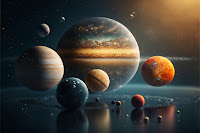



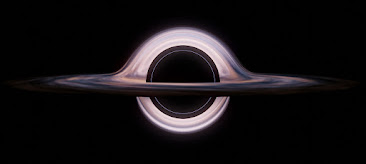
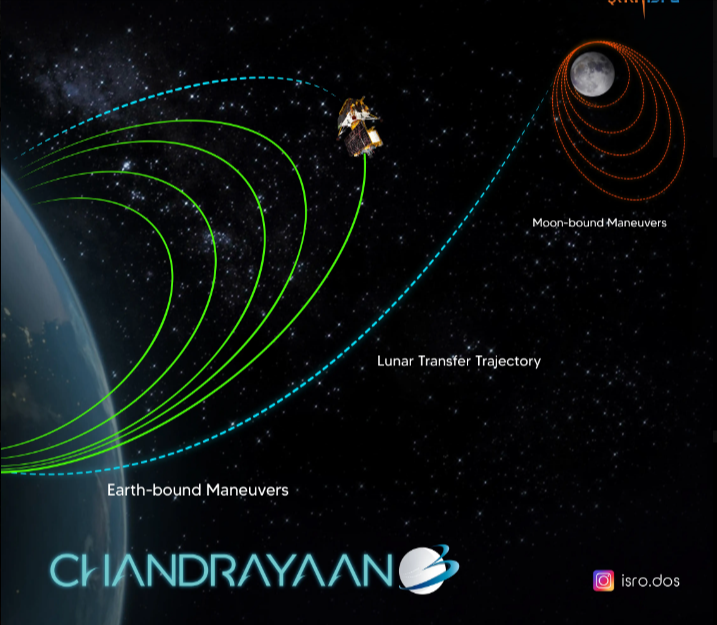


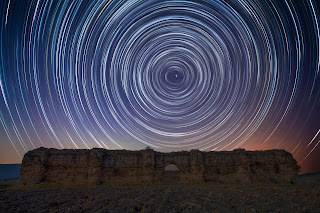
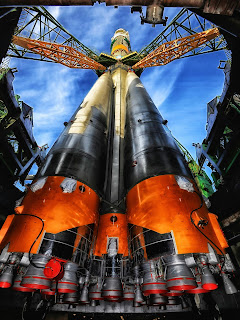
Comments
Post a Comment